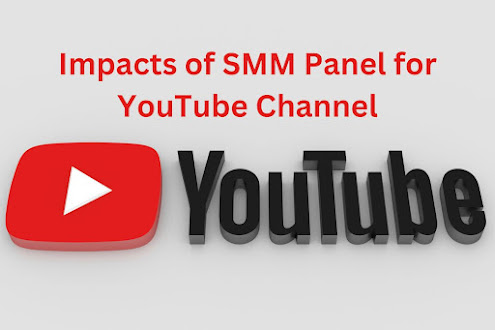Future Trends of Multiple Clipping Path
Multiple Clipping Path (MCP) is a technique widely used in
image editing and graphic design. It involves creating and manipulating
multiple paths within an image, allowing for precise isolation and adjustment
of various elements. As we look to the future, several trends are emerging in
the realm of Multiple Clipping Path that are shaping the way images are edited
and enhanced. Let's delve into these future trends:
1. Advanced Automation:
As technology continues to advance, the automation of
Multiple Clipping Path processes is becoming more sophisticated. Machine
learning and artificial intelligence are being integrated into image editing
software, allowing for the automatic detection and clipping of complex objects.
This not only speeds up the editing process but also enhances accuracy.
2. Real-Time Editing:
With the advent of powerful computing capabilities,
real-time editing is becoming a reality. Graphic designers and photographers
can expect to see a shift towards instant and interactive Multiple Clipping
Path applications. This will enable them to make adjustments and see the
results in real-time, enhancing efficiency and creativity.
3. Enhanced Collaboration Features:
Collaboration in the design industry is crucial, and future
trends in Multiple Clipping Path are likely to include improved collaboration
features. Cloud-based editing platforms and real-time collaboration tools will
enable designers to work seamlessly on the same project, regardless of their
geographical locations.
4. 3D Clipping Path:
The demand for three-dimensional visuals is on the rise.
Future Trends in Multiple Clipping Path techniques will likely extend into the realm of
3D. This will enable designers to create more immersive and dynamic images,
opening up new possibilities for industries such as gaming, virtual reality,
and augmented reality.
5. Integration with Augmented Reality (AR) and Virtual Reality (VR):
As AR and VR technologies become more prevalent, Multiple
Clipping Path will play a significant role in creating and enhancing immersive
visual experiences. Integrating clipping path techniques with AR and VR will be
crucial for seamless integration of virtual elements into real-world scenes.
Also Read: USA SMM Panel: Benefits and Risks
6. Eco-Friendly Editing:
Sustainability is a growing concern in all industries,
including design. Future trends in Multiple Clipping Path may include the
development of eco-friendly editing techniques and tools. This could involve
optimizing algorithms to reduce energy consumption during the editing process
or utilizing renewable resources in the production of editing software.
7. Cross-Platform Compatibility:
With designers often working on multiple devices,
cross-platform compatibility will be a key consideration in future Multiple
Clipping Path tools. The ability to seamlessly transition between desktops,
tablets, and even smartphones while maintaining editing integrity will become
increasingly important.
8. Customizable Algorithms:
Designers often have specific requirements for their
projects. Future Multiple Clipping Path tools may provide more customizable
algorithms, allowing designers to tailor the editing process to their unique
needs. This flexibility will empower creatives to achieve highly personalized
results.
End Words
In conclusion, the future of Multiple Clipping Path is exciting, driven by technological advancements and the evolving needs of the design industry. From automation and real-time editing to 3D capabilities and sustainable practices, these trends are shaping the landscape of image editing and paving the way for more innovative and efficient design workflows.



Comments
Post a Comment